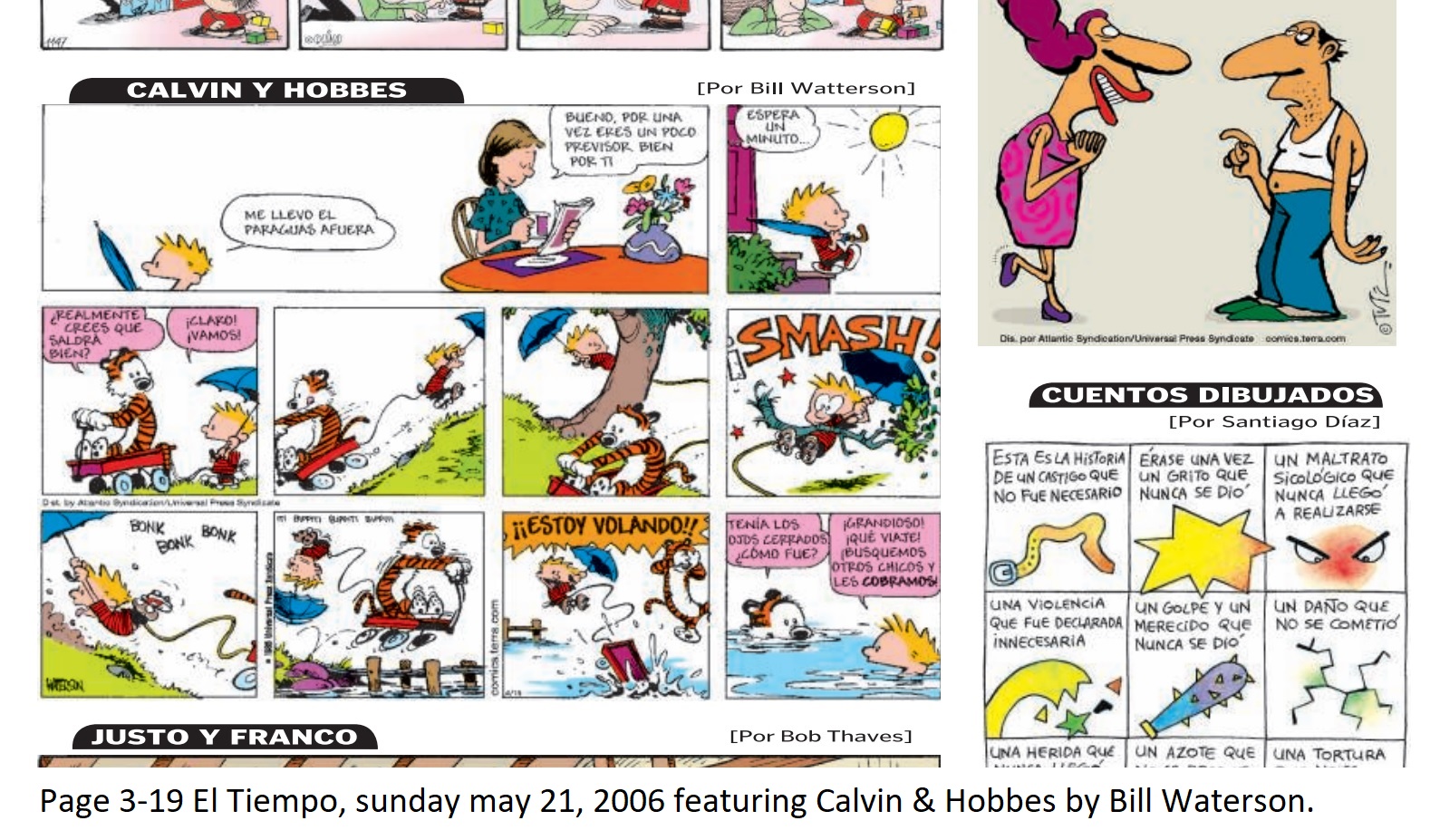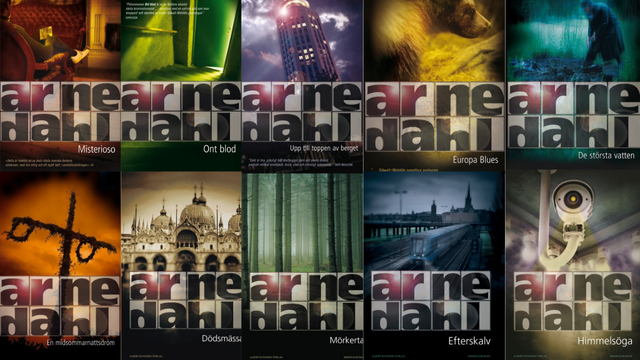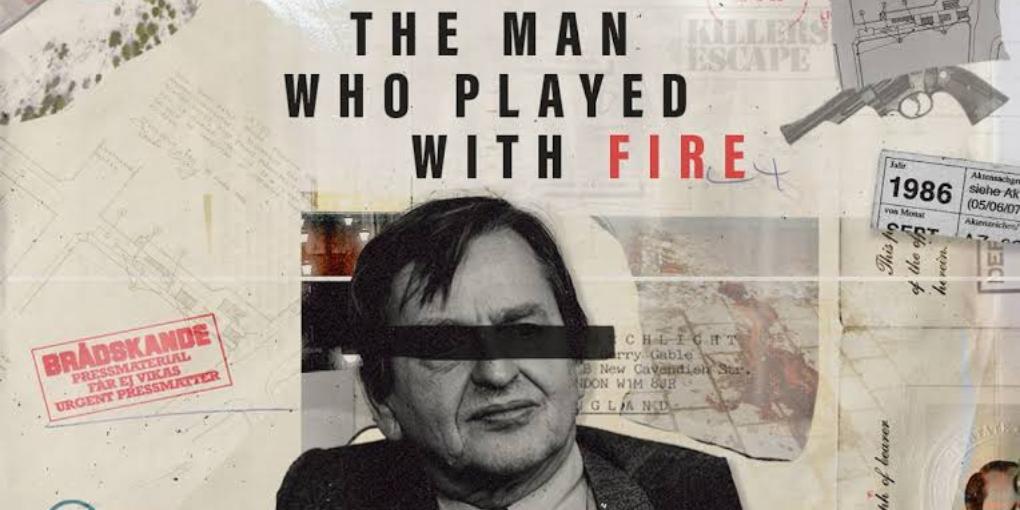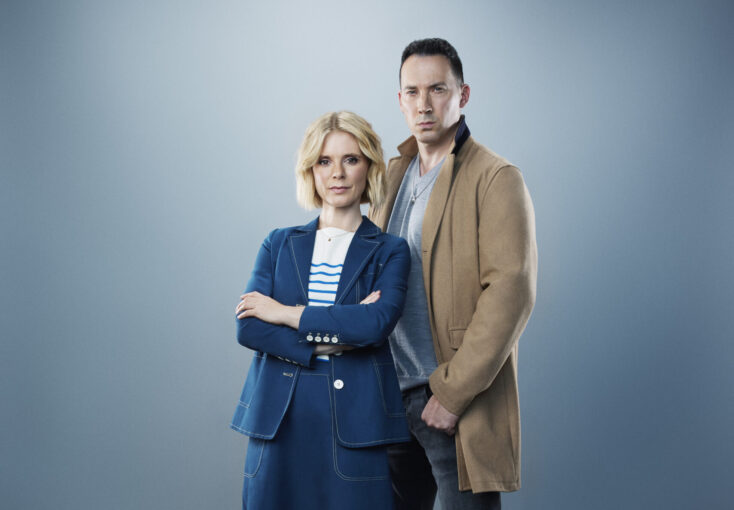If you ever step into a trace evidence laboratory, you will find a wide assortment of amazing scientific instruments. Beginning with the humble stereomicroscope, with this instrument you can see details in 3D that you may overlook using the most common biological microscope. You may find more complicated microscopes such as the polarized light microscope, the one that renders the most astonishing and colorful pictures you can ever see; it is always a delightful experience seeing crystals through one of these wonderful machines.
The list doesn’t stop there; more advanced microscopes, such as the phase contrast microscope (which earned his inventor Frits Zernike the Nobel prize in 1953), and the fluorescence microscope or the scanning electron microscope, are all vital tools at the time of comparing samples from a crime scene.
But there are more than microscopes in a trace evidence lab. Other properties, different than visible light, can be used to solve crimes. And if those properties deal with electromagnetic waves, you have different kinds of spectroscopies; ultraviolet, infrared and Raman spectroscopy, and even X-rays diffraction spectroscopy. Each one of these kingdoms of the electromagnetic universe have their own “state of the art” instruments with their own particularities.
Other scientific instruments that may look like elegant boxes with strange names to a lay person include atomic absorption and atomic emission spectrometers, inductively coupled plasma spectrometer, laser-induced breakdown spectrometer, gas and liquid chromatographs. And the list goes on and on.
The people at the lab responsible for the use of these sophisticated instruments, and of interpreting the data coming out of them, must have a high degree of expertise and scientific knowledge in order to get valuable information from the collected samples, so it can lead to the solution of a crime.
Each evidence lab has its own limitations. Typically, this has to do with funding issues that prevents the lab from having at its disposal, some of the above analytical techniques. Other limitations deal with the lack of technical information on specific matters. But, despite all these limitations, the Lab has a fundamental responsibility to help the Justice System.
And when some of these limitations prevents a lab from solving a crime, could a less conventional medium, such as a cartoon, save the day?
This is exactly what happened in Colombia at the Trace Evidence Lab of the National Institute of Legal medicine and Forensic Sciences.
The crime event took place during a unique Colombian game called Tejo. The aim, in Tejo, is to hurl a solid, weighted, metallic disc with a conical shape towards a target 70 feet away and hit a metal ring incrusted in a bed of slopping clay, called bocin, which is weighted with triangular paper bags filled with gunpowder (called Mechas) thus making the mechas explode on contact.
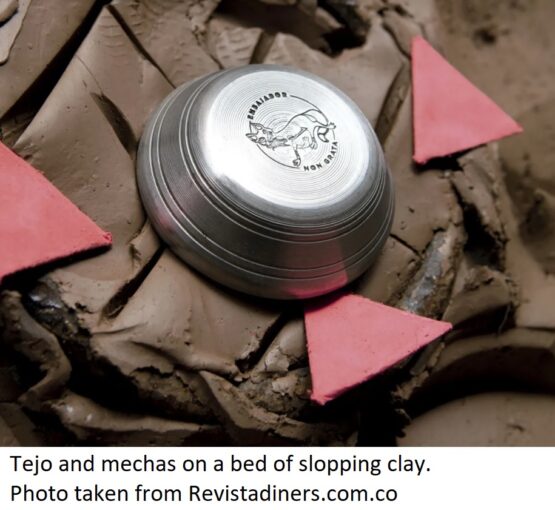
During one such match a man killed another player and fled the scene.
The Police located a suspect who denied having been at the scene. During a search of his home they found some mechas used to play. The police investigators assigned to the case thought that a link could be established between the suspect and the crime scene if the powders from these mechas were compared with those found at the tejo arena.
Two packages arrived at the lab: One containing the mechas found at the suspect´s home (Questioned samples) and the other one with some mechas from the tejo arena (Known samples)
The Lab did not have a database of gunpowder samples and could not offer the Police this service. The Police investigators insisted, and the Lab told them that without a database it could only focus on the possible exclusion of samples, that is, it could establish with certainty if the mechas were different, and that it could not make an association between the two groups of samples provided. The investigators agreed – it was better than nothing.
Initially, the Lab made a description of each mecha. These products are manufactured by hand, so characteristics such as dimensions were of little use, nevertheless the Lab noticed that one of the questioned mechas presented a tonality that made it very different from the others, so this one could be excluded from the tejo samples obtained at the arena.
The gunpowder contained in each one of the mechas brought to the lab was analyzed using a Fourier-Transform infrared microscope (FTIR), a sophisticated instrument used to detect the chemical composition of samples. The spectrum obtained was similar in all samples, except, once again, in the one with different color. The lab didn´t have a technique such as scanning electron microscopy which would allow them to compare the morphology of the gunpowder in the mechas so, at this point, it could neither make an association nor an exclusion among the samples.
During the process of examining the content of the gunpowder from every mecha, it was noted that all of them had the following characteristics: An external layer wrapping consisting of thick printed paper with pink, red and yellow colors; some of which had incomplete words and graphics alluding to soccer, the paper came from a soccer collector’s cards scrapbook and an internal layer taken from newspaper clips that serves as the gunpowder holder.
The internal layer containing the gunpowder yielded a surprising turn of events: if the sample mechas had in fact come from the tejo arena, was it possible that all or some of them had come from the same production batch? and if so, had the manufacturer of the mechas used the same newspaper and sport’s scrapbook in their production?
At this moment the case deviated from the chemical approach and focused instead on verifying -or rejecting- a hypothesis that did not require any technical or scientific study.
Then, the next step was to completely unwrap the mechas keeping a record of their construction. Each paper was cleaned individually, and its typographic content was registered, both of the external wrapping and of the pieces of newsprint.
All the external wrappings in both questioned and known groups, except for the mecha with a different color, alluded to topics of soccer (balls and players)
As for the internal wrappings, most corresponded to the section of classified ads and judicial decrees of a Bogotá newspaper. An association of the newspaper’s editions was difficult with this kind of information; however, some select pieces of the internal layer’s newsprint provided more promising information.
One of the mechas was wrapped on a piece of newspaper featuring a color print of comic character Hobbes of the comic strip Calvin and Hobbes by American cartoonist Bill Watterson. In another mecha, it was evident that the newspaper layer had come from an edition of El Tiempo, one of the main newspapers in the country but there was no information showing the date of the edition. This information was not found in any of the newspaper pieces.
All these pieces of paper were photocopied and brought to the headquarters of the newspaper El Tiempo in Bogotá where access to the editorial archives was requested (fortunately the author had been a cartoonist for this newspaper during his university years)
A search of the newspaper’s editions dating six months prior to the crime was conducted. It was found that the vignette containing Calvin in the seized mecha corresponded to the edition of Sunday may 21th 2006. If the information contained in the samples (questioned and known) could be found in this same edition of the newspaper El Tiempo there would be no doubt the mechas corresponded to the same production batch purchased by the tejo arena.

This turned out to be true. Most of the information contained in the newspaper pieces in the mechas seized at the home of the suspect and the ones recovered at the Tejo arena could be found in the may 21st edition of the newspaper.
The sample layer from the soccer scrapbook could not be identified but all the above mechas had it as the external wrapping.
These findings made it difficult for the suspect to deny his presence at the tejo arena the day of the murder. And the testimony provided by the witnesses made things worse for this person.
In this investigation, the chemical analysis of the two groups of gunpowder didn’t have the same evidential weight because this is a mass produced product manufactured by few providers in Colombia and since there are no regulatory guidelines there are many unknown variations from manufacturer to manufacturer, from batch to batch and from mecha to mecha.
But on the other hand, the fact that the mechas seized from the suspect and the ones recovered at the tejo arena were made using the same newspaper edition and soccer scrapbook, gave a great evidential weight to the analyzed samples.
This case took a great and unexpected turn from the scientific method, however, a cartoon character made it possible to follow a sequence of logic deductions that lead to the same goal: proof that the suspect was associated to the crime scene.
This case teaches us that when dealing with trace evidence sometimes the way to reach a goal may be to get out of the road that apparently leads to it (Think outside the box, as it were).
This departure, nevertheless, must be logic and traceable in order to provide Justice with solid evidence of the investigated events.



